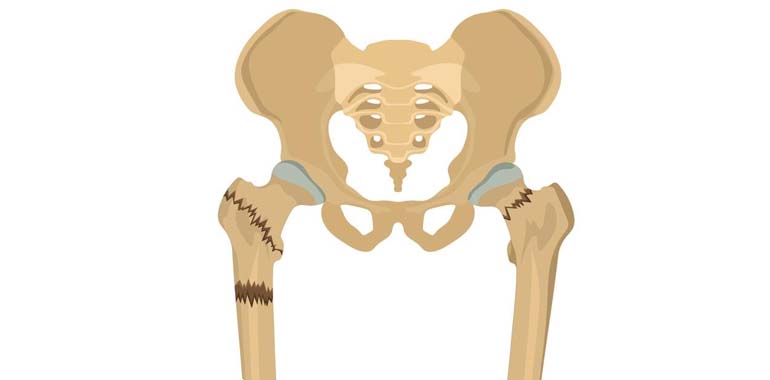
The hip joint is a “ball and socket” joint. The “ball” is the head of the femur or thigh bone, and the “socket” is the cup-shaped acetabulum. The hip joint enables the upper leg to bend and rotate at the pelvis.The thigh bone has two bony processes on the upper part - the greater and lesser trochanters. The lesser trochanter projects from the base of the femoral neck on the back of the thigh bone. The joint surface is covered by a smooth articular surface that allows pain-free movement in the joint.
Hip fractures involve a break that occurs near the hip in the upper part of the femur or thigh bone. Hip fractures can occur either due to a break in the femoral head, femoral neck, in the area between the greater and lesser trochanter or below the lesser trochanter.
Surgical correction of a hip fracture is known as hip fracture surgery.
Hip fractures are most frequently caused after minor trauma in elderly patients with weak bones, like fall from standing height or while walking. Hip fractures can also occur after high velocity accidents (such as road traffic accidents, fall from height etc. ) in any age group.
Signs and symptoms of hip fractures include:

Surgery is usually the best treatment for a broken (fractured) hip. Three types of surgery can be used.
Hip fracture surgery involves multimodal care especially in the elderly. After your surgery you will be instructed on walking and doing daily activities, breathing exercises, prevention of blood clots (DVT), soft tissue care, etc.